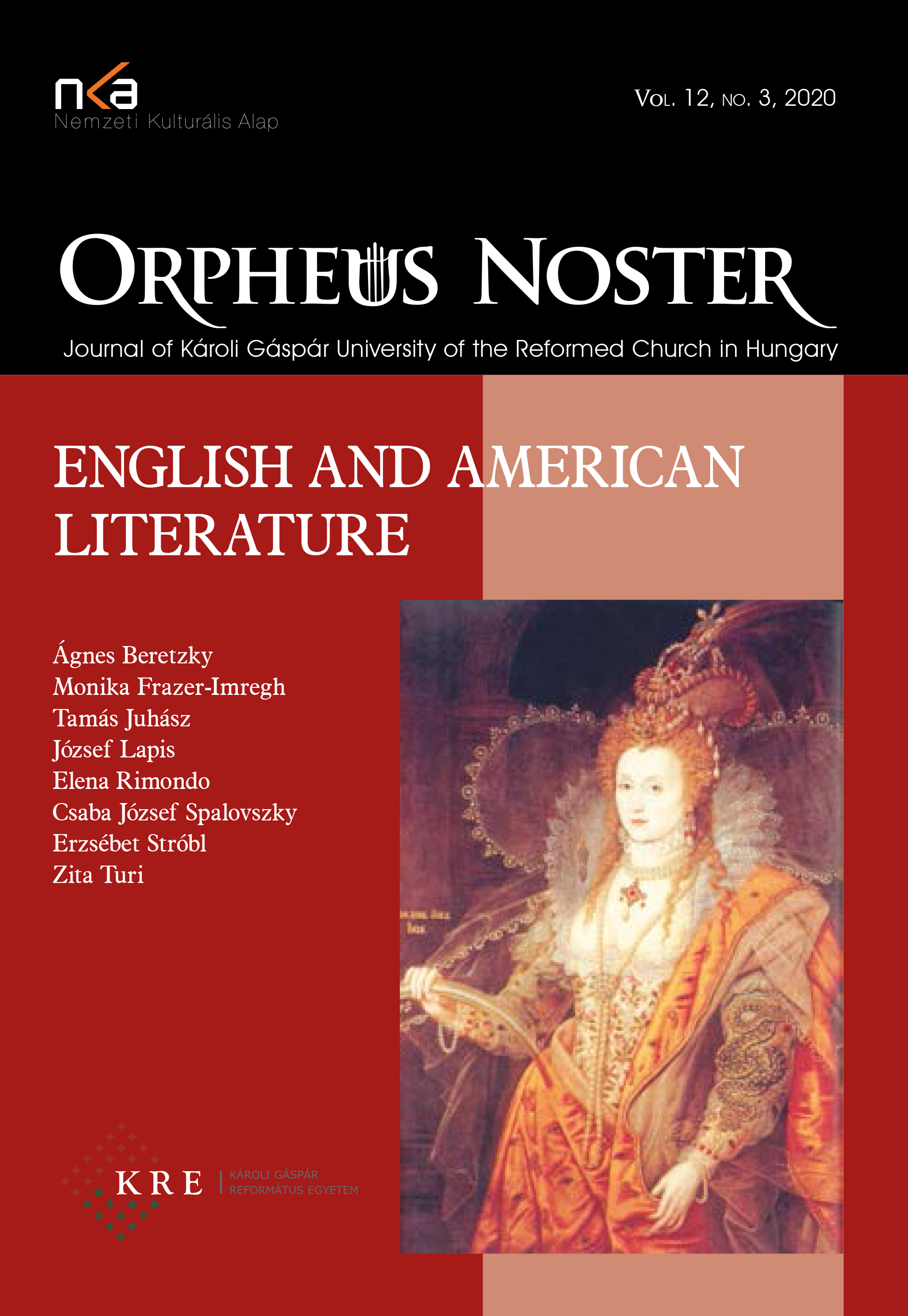Eternal Death & Resurrection: From Single Vision to the Fourfold and the Mystic Number 4 in William Blake’s Cosmogony and Mythology
Eternal Death & Resurrection: From Single Vision to the Fourfold and the Mystic Number 4 in William Blake’s Cosmogony and Mythology
Author(s): Csaba József SpalovszkySubject(s): Language and Literature Studies
Published by: Károli Gáspár Református Egyetem
Keywords: Blake; cosmogony; Pythagoreans; numerology; Trinity; Urizen; Milton; Ahania; Los; Fuzon; Zoa; Tetractys; JHWH; Augustine
Summary/Abstract: William Blake is one of the most influential figures in the world of Anglo-Saxon literature. He continues to shape literary thinking with his unique worldview, and his number mysticism and fourfold vision that describes the world occupy a central place in this worldview. Numbers have an important meaning to Blake, acting not only as symbols, but also as directing principles in his cosmological vision and self-created universe. This article aims to shed light on the most important elements of Blake’s number mysticism and attempts to highlight the analogies by which Blake developed his own system. I will pay special attention to the Neoplatonic influences on Blake, the ancient classical mathematical and philosophical schools, mainly the Pythagoreans, the biblical tradition of Christianity, and the philosophy of St. Augustine. The article also aims to explain the significance and meaning of the mysticism of number 4 in William Blake’s universe, a mathematical and philosophical expression of perfection and completeness in an age where the mysticism of number 3 was the ultimate ruler to describe life, completeness and perfection.
Journal: Orpheus Noster. A KRE Eszme-, Kultúr-, és Vallástörténeti Folyóirata
- Issue Year: XII/2020
- Issue No: 3
- Page Range: 42-62
- Page Count: 21
- Language: English

